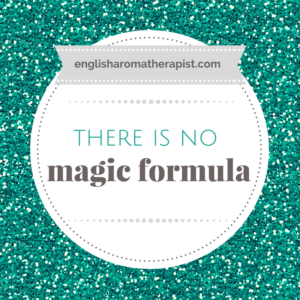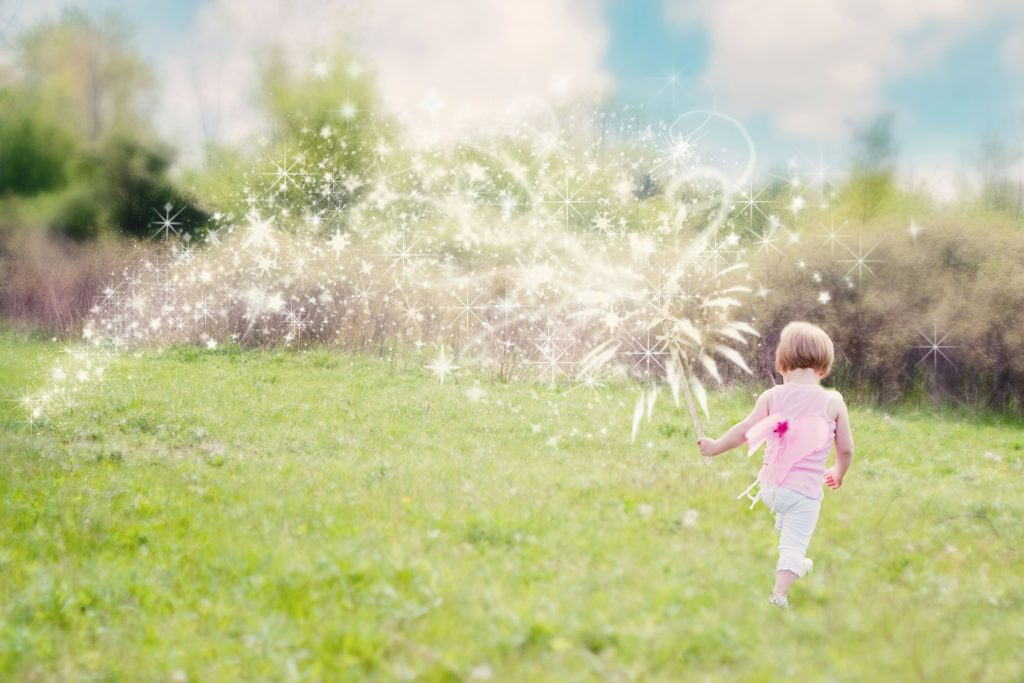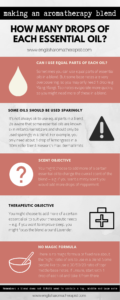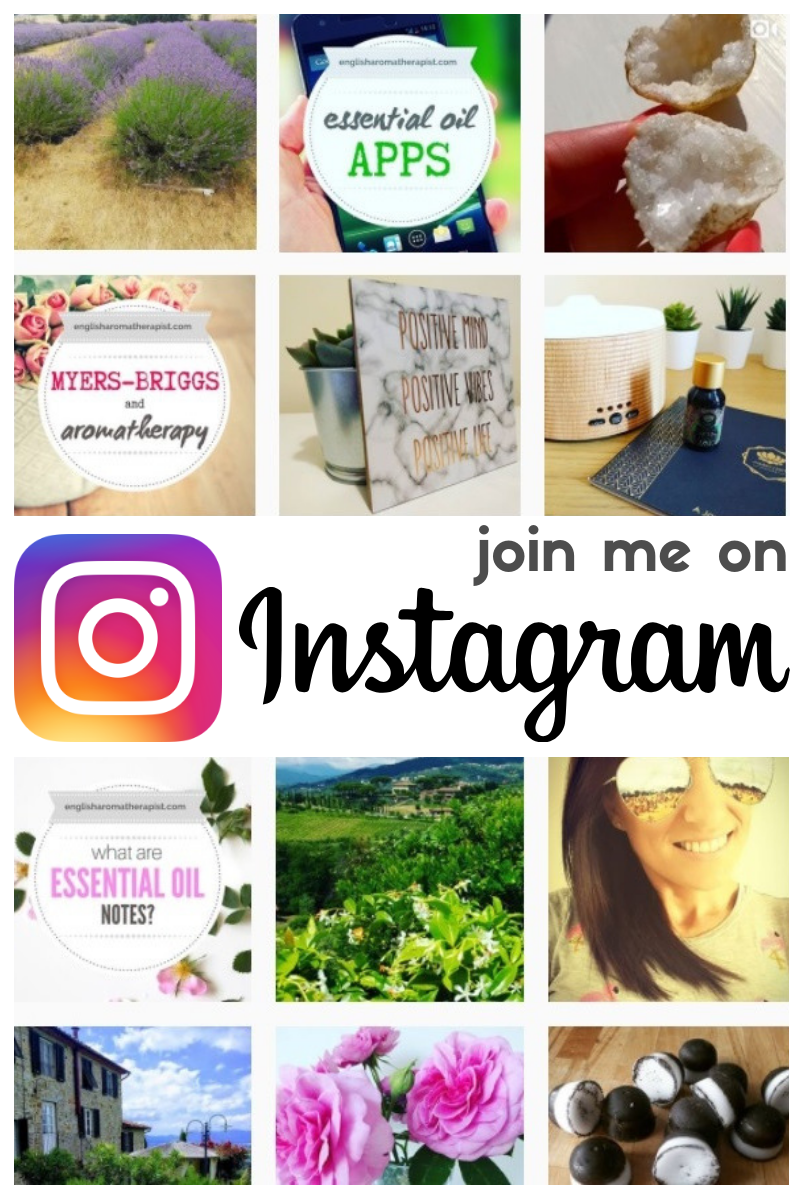Sorry, there is no “Magic Formula”

Since I launched my Essential Oil Blending app last year, several users have emailed me to ask: “Why doesn’t the app tell me how many drops of each oil to use?”
All the time, I see questions from people asking:
“I just want to know the right blend for acne”
“Just tell me how many drops of each oil to use for anxiety”
“How many drops of each oil to use for a cold?”
I hate to break it to you guys, but…there is no magic formula recipe that will work for everyone.
‘True’ aromatherapy is not about generic prescription-style blends. My Essential Oil Blending app is designed to tell you which oils blend well together, or which oils to use for certain conditions. It is not about specific recipes.
Of course, there are dozens of books and websites that can give you aromatherapy blends with specific numbers of drops. There is nothing wrong with this per se, but I feel it’s important to reiterate the importance of taking a holistic approach to essential oils.
Professional aromatherapists take a range of factors into consideration before creating a blend of essential oils for a client. A blend should, ideally, be tailored to your individual needs and circumstances.
Primarily, we need to consider the main objectives of the blend. This will not only influence the choice of essential oils used, but also the specific quantities/ratios of oils.
The exact number of drops used in a blend will depend on the client’s:
- age/weight
- skin type
- allergies
- medical conditions
- medications
- personal preferences
The number of drops required also depends on HOW the blend will be used:
- How much are you blending?
The overall number of drops to use will depend on the quantity of carrier oil that you’re using in the blend. If you’re making a 10ml rollerball blend, this will usually only require 4-5 drops of essential oil – but a 50ml bottle will obviously require much more! (read more about how to dilute essential oils here)
- How often will the blend be used?
Sometimes it’s okay to use a stronger dilution for a limited period of time, but not on a long-term basis. Will this be a one-off blend, or something you want to use repeatedly?
- How will the blend be used?
If it’s a diffuser blend, the number of drops you need will vary according to the room size and type of diffuser. If it’s a topical blend (to be applied on the skin), it depends where it will be applied – facial blends tend to require a weaker dilution than body oils. In addition, the area of skin is important – for reasons of absorption, it may be acceptable to use a stronger blend over a small, coin-sized area of the skin, but not over the whole body.
As you can see, there is no “right” answer when it comes to how many drops of each essential oil you should use in a blend. It is really dependent on many factors.
No Magic Formula
I understand how this might seem frustrating, when all you want is a quick recipe to follow.
It’s rather like a celebrity chef casually telling you to intuitively throw a load of ingredients in the pan, when you have no idea what sort of quantities you’re supposed to be using! Sometimes we just want to know whether to use a teaspoon or a tablespoon of each ingredient – and that’s why there will always be a place for beginner blends.
But I really feel that we need to move away from the idea that there is a specific “magic formula” for every condition. It’s not always appropriate to promote a specific recipe as a universal “eczema blend” or “acne blend” or “anxiety blend”. There is not one specific recipe that will work for everyone. You are unique, with individual needs and circumstances. Treating a condition is never as simple as “2 drops of this, 2 drops of that”.
For any condition or concern, you need to look into the underlying cause of the problem. Without tackling the cause, the problem will keep reappearing. This is why a professional aromatherapist will look into all aspects of your lifestyle, including your diet, sleeping habits, exercise and stress levels. Aromatherapy is a holistic therapy, which means the whole person is treated – mind and body. It is not about treating specific symptoms in isolation. A blend for anxiety will only provide temporary relief if the reason for the anxiety is not addressed.
Personal preference should also not be dismissed lightly. A recent study about essential oils and postnatal depression found that effectiveness can depend on personal scent preferences, which can be culturally variable. What smells relaxing or familiar to one person can be unpleasant to another. This can vary between individuals, but also between countries and cultures. This study found that a blend of Rose and Lavender was popular in the USA but not Chile (where they preferred Mandarin and Lemon).
So it’s not always appropriate, or helpful, for people to say “this is the best blend for acne” or “this is the best blend for depression”. There is so much more to it than that!
Yes, it might seem confusing, frustrating or baffling – but experimentation is all part of the fun! As long as you’re adhering to safe dilution ratios, and the specific precautions attached to each oil, you can’t really go too far wrong. Therapeutic blending is an art, rather than an exact science.
An element of trial and error may be required before you find success. One person’s “insomnia blend” might not work for you, or might not be suitable to use for your children, or alongside your medications, for example.
Is there an ideal ratio?
When it comes to blending essential oils, some people follow the 30/50/20 rule. This is a way of working out the ratio of top, middle and base notes in a blend – i.e. 3 parts top note, 5 parts middle note, 2 parts base note.
Following this format will help you to create a balanced blend – but it’s very much a loose guideline, rather than a rigid rule.
It’s not always going to be the most effective ratio, and not every blend will contain top, middle and base notes. Some oils are so overpowering that one drop is all that’s required in a blend. What’s more, some oils have very low maximum dermal limits and should only be used very sparingly – which would fall out of the 30/50/20 rule.
However, beginners may find 30/50/20 helpful as a starting point, from which they can then develop their own blending style.
With experience, you’ll find that some combinations work better than others, and that some aromas can be balanced out by others – it just takes practice and experimentation!

Can I use equal parts?
Sometimes you can use equal parts of each essential oil – for example, a popular blend is 2 drops Lavender, 2 drops Lemon and 2 drops Peppermint.
As previously explained, it really depends on your objective for the blend, and which oils are being used. Using equal parts will not always be appropriate – particularly for blends that will be applied to the skin.
How do I start?
If you’re not sure where to begin, just start off with one drop of each essential oil in the blend and take it from there. Always be mindful of the safety precautions for each oil, as some should only be used very sparingly.
I need more help!
If you’re new to blending, I would recommend buying a good book to guide you through the basics. Why not download my ebook, The Little Book of Aromatherapy?
What to Read Next: Why You Don’t Need to Diffuse All Day
Follow me on...
Share this on...


